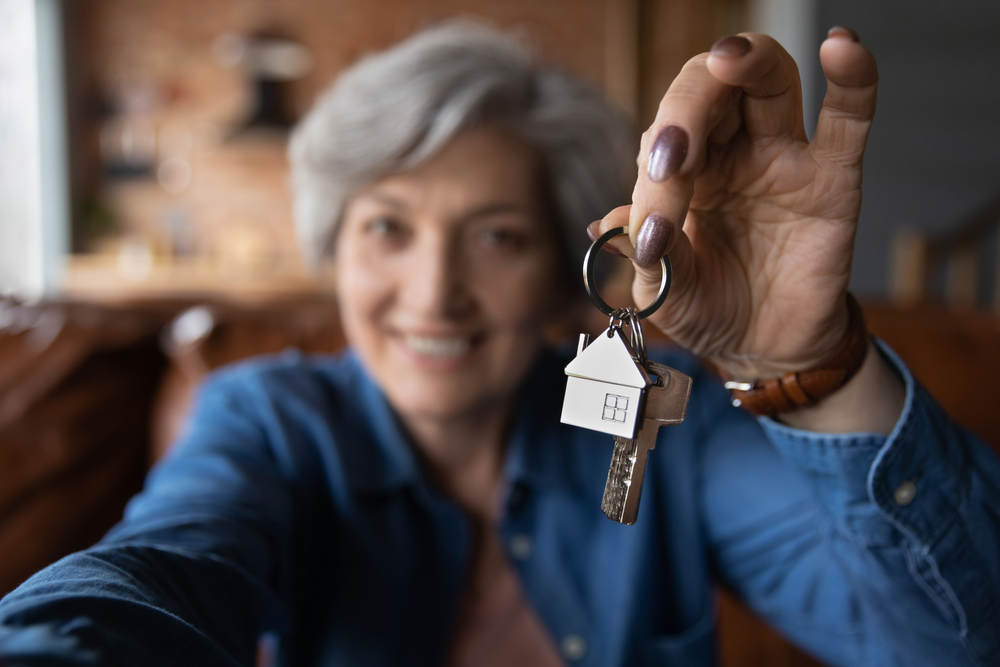Buy To Let
Mature tenants to rent half of private homes by 2035

Tenants aged over 45 will account for at least half of private renting housing by 2035, analysis suggests.
Private rented households headed by someone aged over 45 currently account for a third (35%) of households.
The growth to around half by 2035 is equivalent to around 1.14 million additional households and brings the total of 45 plus private rented households to 2.7 million, according to a report by Social Market Foundation (SMF) and Paragon Bank.
The report revealed that older tenants had different needs and desires, with their top priorities being proximity to shops and health services, good transport facilities and being close to family and friends.
Mature residents were also more inclined to opt for unfurnished properties, and had a greater desire for pets compared to those aged 34 and under.
The report also found that tenants aged 34 and under in private rented households will fall from 39% to 35%. Those households with renters aged 35 to 44 are expected to show the biggest decline, falling from 25% now to 15% in 2035.
It also said that households privately renting would grow from 20% currently to 22% in 2035 while home ownership would fall from the current 63% to 61% in 2035.
SMF’s survey of over 1,300 tenants revealed that 61% of tenants aged 35 to 54 expect to still rent in 15 years’ time, which compares to 32% of those aged 34 and under.
‘Future-proof the private rented sector’
Richard Rowntree, Paragon Bank’s managing director of mortgages, said the UK’s ageing population would require the private rented sector to adapt.
He explained: “The challenge for the private rented sector is how to adapt to accommodate more mature tenants, including where and how they want to live.
“The SMF tenant research shows that more mature tenants want greater security in the form of longer tenancies and control over their property, such as the freedom to make cosmetic changes. They also want to have pets in their homes and these are all things landlords need to consider.”
Amy Norman, SMF senior researcher and one of the report’s authors, said that a typical renter in the future will look different, and will be older. Rates of construction, interest rates, house price inflation and government housing policy will also be factors which could influence the figures.
She added: “That reality means we need to revisit our preconceptions about renting being the preserve of young, mobile households. Mature tenants have different needs and preferences. They want accessible, ground-floor homes within a stone’s throw of shops, transport links, health services, and their loved ones.
“Policymakers, developers, and landlords therefore face a challenge ahead to future-proof the private rented sector and ensure that renting policies and homes are suitable for all tenants, including those who are renting for longer and into later life.”